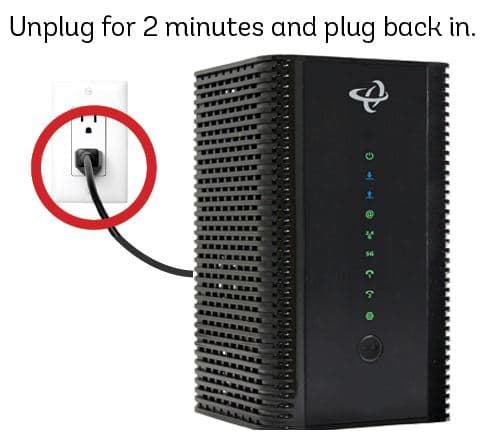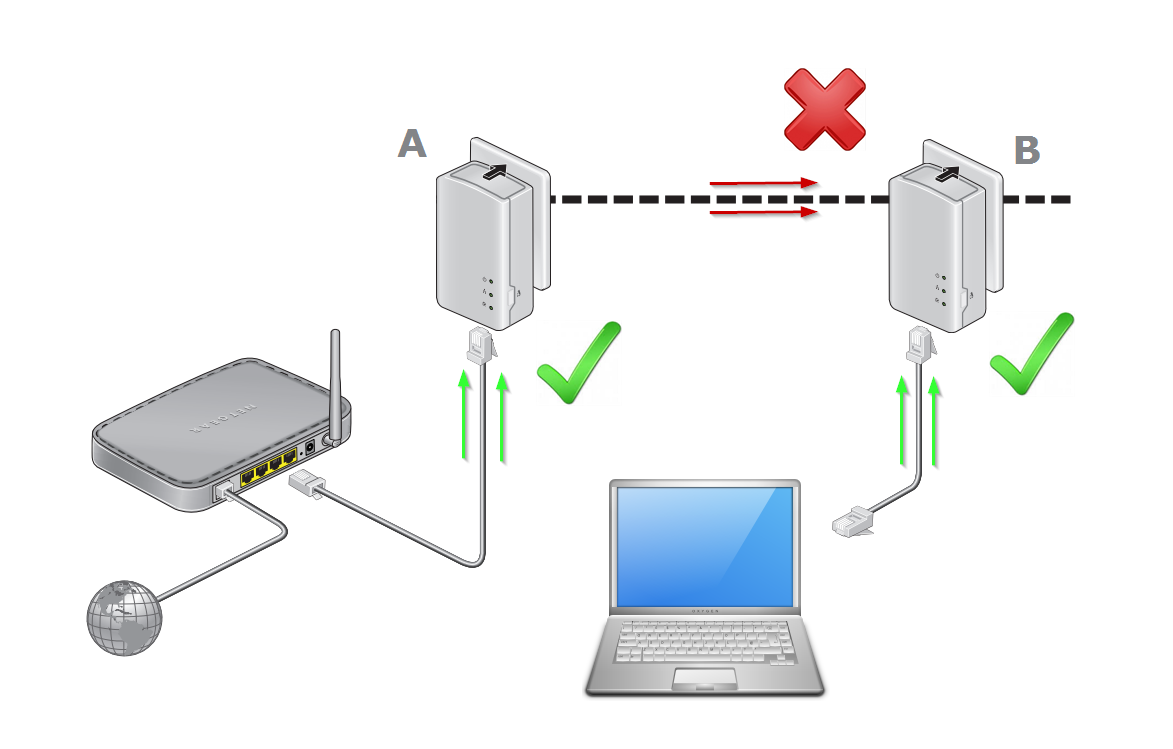As an industry expert with over a decade of experience in cable manufacturing, I’ve had the privilege of witnessing firsthand the intricate processes that bring these essential components to life. In this comprehensive guide, we’ll explore the fascinating world of cable production, from raw materials to finished product, and examine the cutting-edge technologies shaping the future of our industry.
Understanding the Anatomy of a Cable
Before we dive into the manufacturing process, let’s break down the basic components of a typical cable:
- Conductor: The core of the cable, usually made of copper or aluminum, responsible for carrying the electrical current or signal.
- Insulation: A layer of non-conductive material surrounding the conductor to prevent current leakage and protect against environmental factors.
- Shielding (optional): A metallic layer that protects against electromagnetic interference (EMI) and radio frequency interference (RFI).
- Jacket: The outermost layer that provides mechanical protection and often carries identifying information.
With this foundation in mind, let’s walk through the manufacturing process step-by-step.
The Cable Manufacturing Process: From Raw Materials to Finished Product
Step 1: Raw Material Selection and Preparation
The journey of a cable begins with the careful selection of raw materials. For the conductor, high-purity copper or aluminum is typically used due to their excellent electrical conductivity. The choice between copper and aluminum depends on factors such as cost, weight, and specific application requirements.
For insulation and jacketing, various polymers are used, including:
- Polyvinyl Chloride (PVC)
- Polyethylene (PE)
- Cross-linked Polyethylene (XLPE)
- Fluoropolymers (e.g., PTFE, FEP)
Each material is chosen based on its electrical properties, temperature resistance, and durability.
Step 2: Wire Drawing
The first step in creating the conductor is wire drawing. This process involves pulling thick metal rods through a series of progressively smaller dies to reduce their diameter. Here’s how it works:
- The metal rod is fed into the first die.
- As it’s pulled through, the metal elongates and its diameter decreases.
- This process is repeated through multiple dies until the desired wire gauge is achieved.
The wire drawing process not only reduces the diameter but also increases the metal’s tensile strength and improves its electrical properties.
Step 3: Stranding
For many cable applications, a single solid wire isn’t sufficient. That’s where stranding comes in. Multiple thin wires are twisted together to form a larger conductor. This process offers several advantages:
- Increased flexibility
- Better current-carrying capacity
- Improved durability
The number of strands and the stranding pattern can vary depending on the cable’s intended use. For instance, a 7-strand conductor is common in many electrical cables, while more specialized applications might use 19, 37, or even more strands.
Step 4: Insulation Extrusion
Once the conductor is ready, it’s time for insulation. This is typically done through a process called extrusion. Here’s how it works:
- The insulating material (e.g., PVC or PE) is heated until it becomes molten.
- The molten material is forced through a die, forming a continuous tube.
- The conductor is fed through the center of this tube.
- As the insulation cools and solidifies, it forms a tight seal around the conductor.
The thickness and type of insulation are carefully controlled to meet specific electrical and environmental requirements.
Step 5: Shielding (Optional)
For cables that need protection against electromagnetic interference, a shielding layer is added. This can be done in several ways:
- Braided shield: Thin metal wires are woven around the insulated conductor.
- Foil shield: A thin metal foil is wrapped around the insulation.
- Combination shield: Both braided and foil shields are used for maximum protection.
The choice of shielding often depends on the cable’s intended environment and the level of interference protection required.
Step 6: Jacketing
The final layer of the cable is the jacket. Like the insulation, this is typically applied through extrusion. The jacket serves several purposes:
- Mechanical protection
- Environmental protection (e.g., UV resistance, moisture resistance)
- Color coding for easy identification
- Carrying printed information (e.g., cable type, manufacturer, ratings)
Different jacket materials can be used depending on the cable’s intended use. For example, PVC is common for general-purpose cables, while more specialized materials like fluoropolymers might be used for high-temperature or chemical-resistant applications.
Step 7: Quality Control and Testing
Throughout the manufacturing process, rigorous quality control measures are implemented. As a final step, cables undergo a series of tests to ensure they meet required specifications. These tests may include:
- Continuity testing: Ensures there are no breaks in the conductor.
- Insulation resistance testing: Checks the effectiveness of the insulation.
- High voltage testing: Verifies the cable can withstand its rated voltage.
- Physical tests: Measure properties like tensile strength and elongation.
These tests are critical in ensuring the reliability and safety of the finished cables.
Specialized Cable Manufacturing Processes
While the steps above cover the basics of cable manufacturing, there are many specialized processes for specific types of cables:
Fiber Optic Cables
Fiber optic cables, which transmit data using light, require a different manufacturing process:
- Preform creation: A large glass cylinder (preform) is created with the desired refractive index profile.
- Fiber drawing: The preform is heated and drawn into a thin fiber.
- Coating: The glass fiber is coated with a protective polymer.
- Cabling: Multiple fibers are bundled together with strength members and jacketing.
Coaxial Cables
Coaxial cables, used for high-frequency signal transmission, have a unique structure:
- Center conductor: Usually a solid or stranded copper wire.
- Dielectric insulation: Often a foam polyethylene for low signal loss.
- Outer conductor: A metallic shield, either braided or foil.
- Outer jacket: For protection and identification.
The Future of Cable Manufacturing: Embracing Innovation
As technology advances, so does cable manufacturing. Some exciting developments to watch include:
Automation and AI
The integration of robotics and artificial intelligence is revolutionizing cable production. Automated systems can now handle tasks such as:
- Precise loading and unloading of cable spools
- Real-time monitoring and adjustment of production parameters
- Predictive maintenance to minimize downtime
These advancements not only increase efficiency but also improve consistency and quality.
Advanced Materials
Research into new polymers and composites is leading to cables with enhanced properties:
- Improved heat resistance
- Better flexibility
- Increased durability
- Enhanced electrical performance
These materials are pushing the boundaries of what’s possible in cable design and application.
Sustainable Manufacturing
The cable industry is increasingly focusing on environmentally friendly practices:
- Use of recycled materials in cable production
- Development of biodegradable cable components
- Implementation of energy-efficient manufacturing processes
These initiatives are helping to reduce the environmental impact of cable production.
3D Printing
While still in its early stages for cable manufacturing, 3D printing shows promise for:
- Rapid prototyping of cable components
- Creation of custom connectors and accessories
- Small-scale production of specialized cable designs
As the technology matures, it could revolutionize how we approach custom cable solutions.
Conclusion: The Continuing Evolution of Cable Manufacturing
The process of making cables is a fascinating blend of materials science, electrical engineering, and precision manufacturing. From the initial wire drawing to the final quality control tests, each step plays a crucial role in creating the cables that power our modern world.
As we’ve explored in this guide, cable manufacturing is a complex and highly specialized field that continues to evolve. The integration of advanced technologies, development of new materials, and focus on sustainability are shaping the future of our industry.
Whether you’re a cable technician, an industry professional, or simply someone curious about the technology that surrounds us, understanding how cables are made can give you a deeper appreciation for these essential components of our infrastructure.
Remember, the next time you plug in a device or connect to the internet, you’re relying on the result of this intricate manufacturing process. It’s a testament to human ingenuity and the continuous advancement of technology.
For more information on specific cable types, installation best practices, or troubleshooting tips, be sure to explore our other resources here at 800908.com. We’re committed to providing you with the most up-to-date and comprehensive information on all things cable-related.







